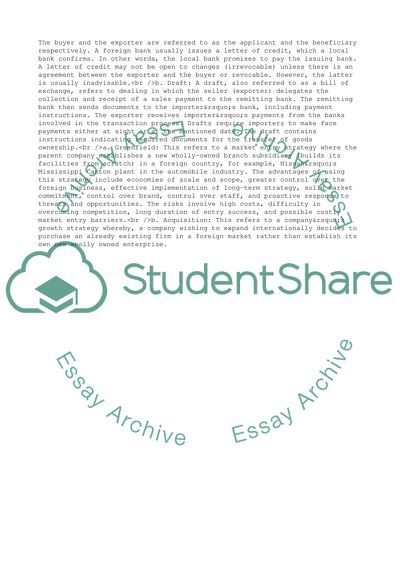Cite this document
(Final Exam in International Business Assignment, n.d.)
Final Exam in International Business Assignment. https://studentshare.org/business/1880492-international-business-final-exam
Final Exam in International Business Assignment. https://studentshare.org/business/1880492-international-business-final-exam
(Final Exam in International Business Assignment)
Final Exam in International Business Assignment. https://studentshare.org/business/1880492-international-business-final-exam.
Final Exam in International Business Assignment. https://studentshare.org/business/1880492-international-business-final-exam.
“Final Exam in International Business Assignment”. https://studentshare.org/business/1880492-international-business-final-exam.


